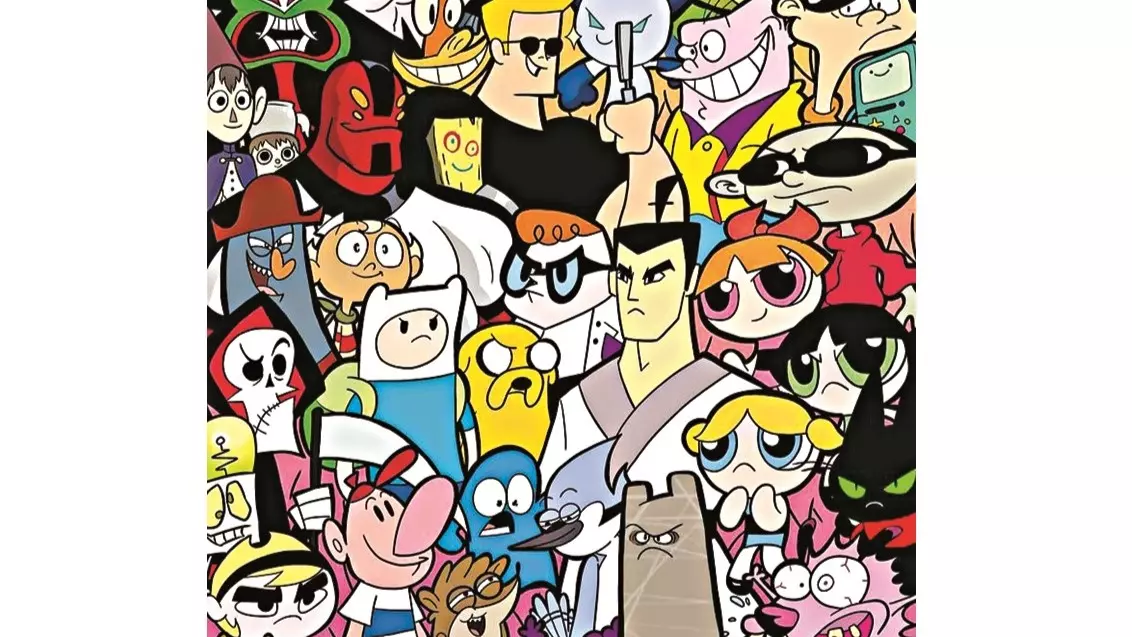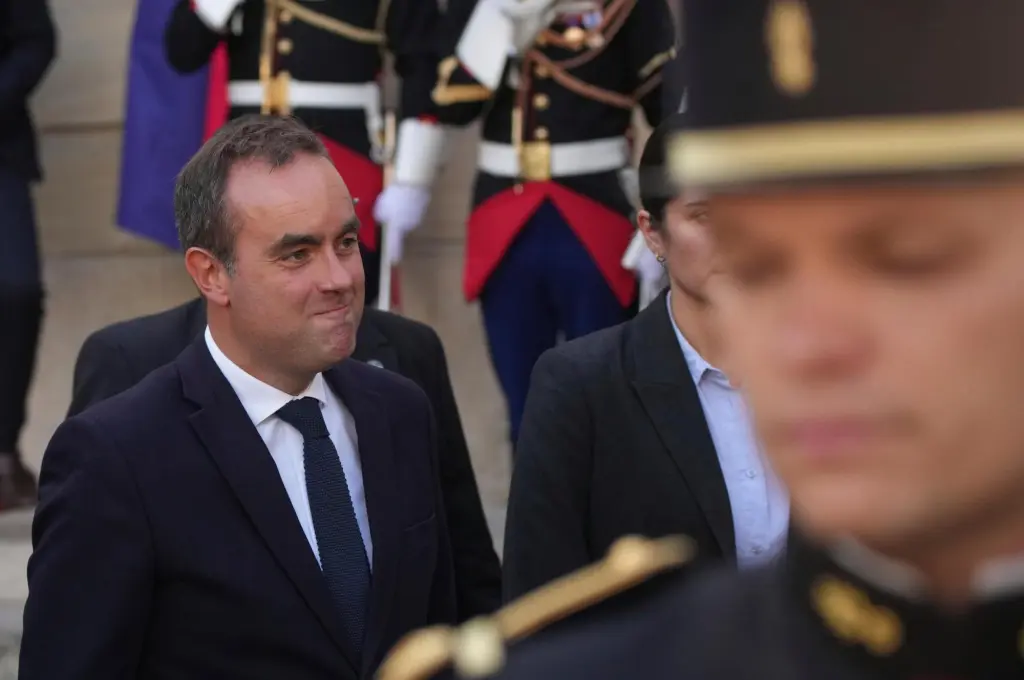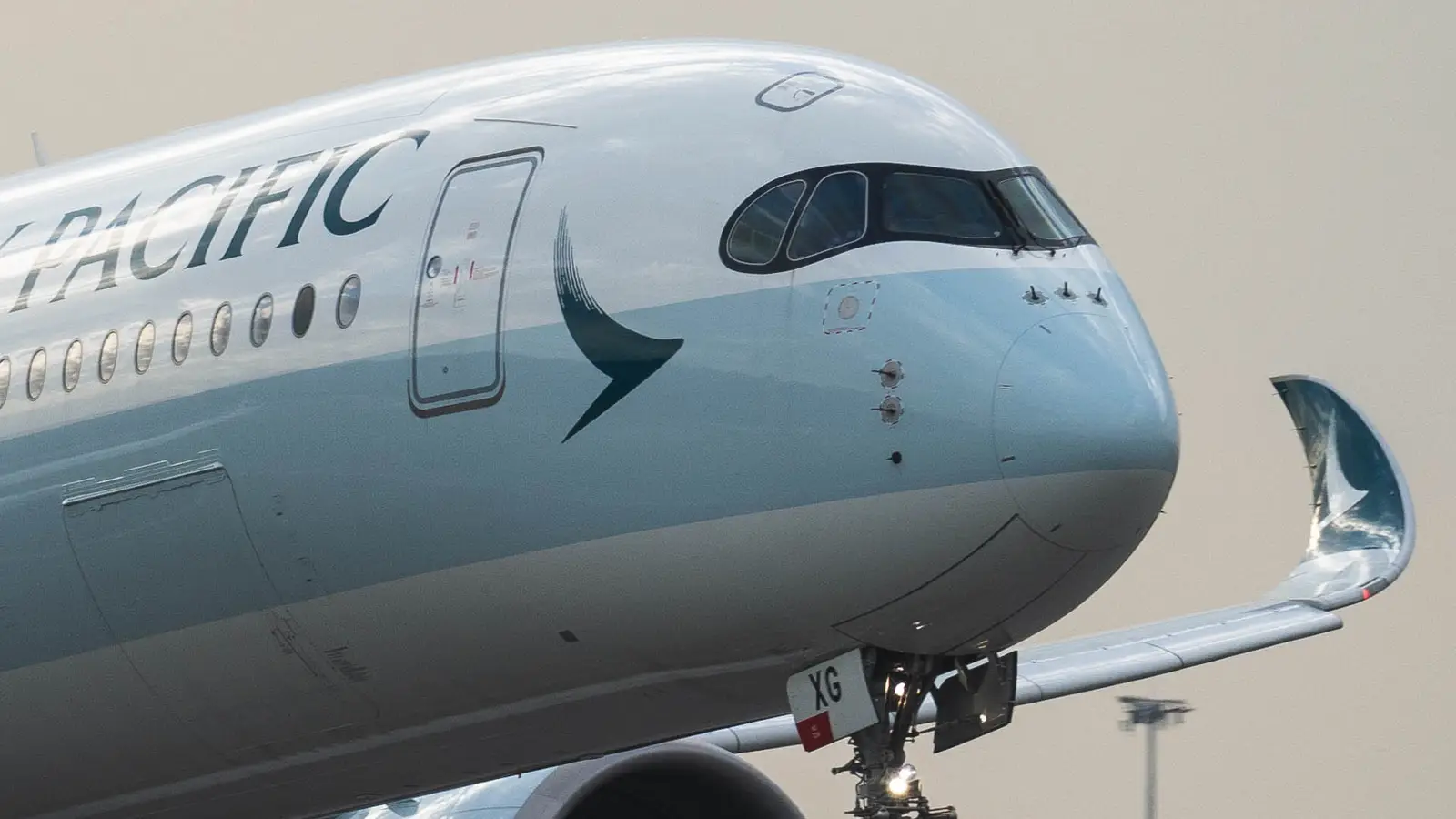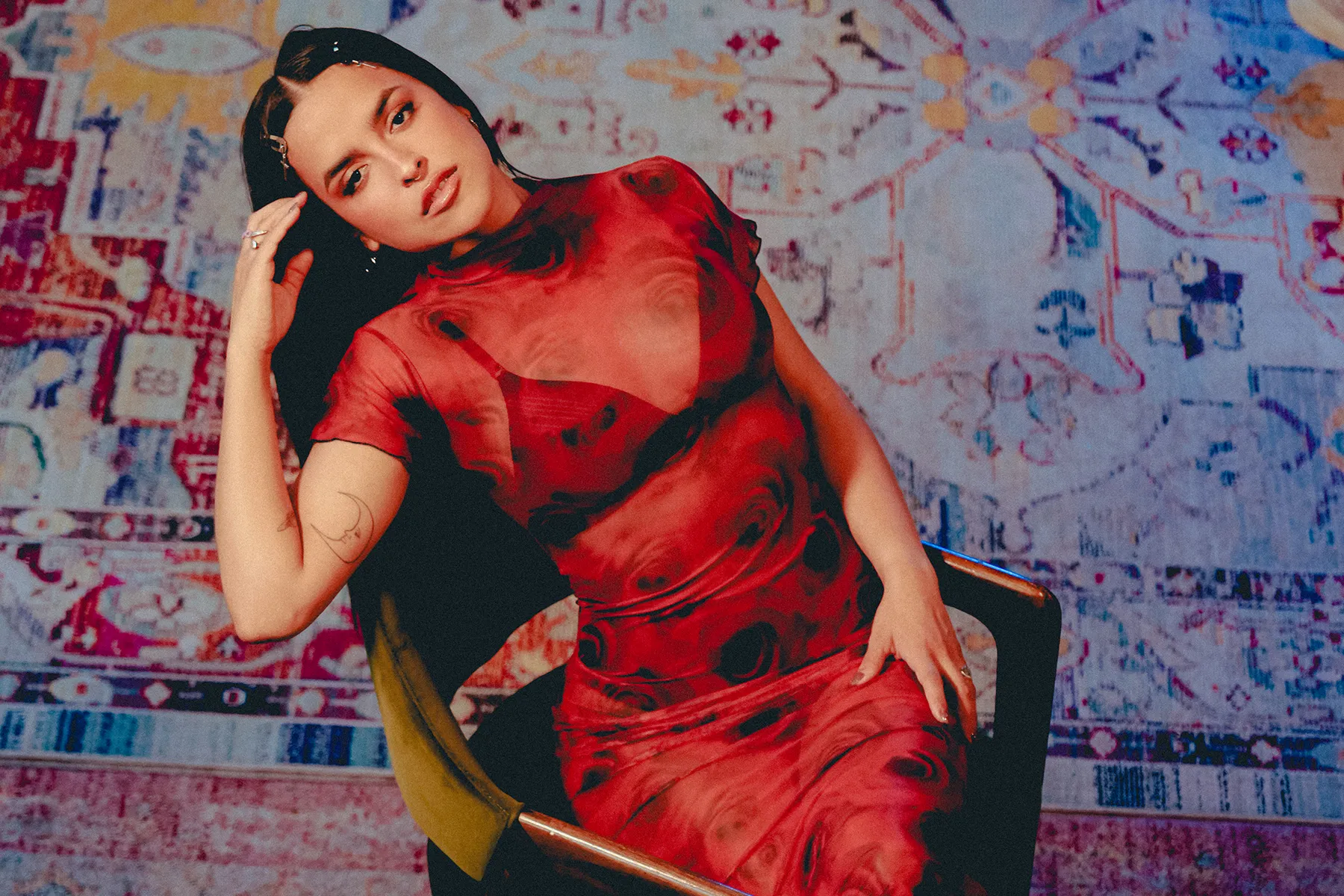By Rochelle Crasto
Copyright deccanchronicle

Whoever said cartoons are just for kids clearly hasn’t met a 25-year-old binging Shinchan after a stressful workday. In 2025, cartoons aren’t just Saturday morning nostalgia; they’re becoming a mental health lifeline for young adults across India. From comfort rewatches of Tom & Jerry to anime marathons on Crunchyroll, Gen Z and millennials are proving that animation isn’t childish—it’s therapeutic.Psychologists say it’s no accident. “Cartoons offer simple story arcs, bright visuals, and characters we’ve grown up with. That familiarity provides emotional safety, especially when life feels unpredictable,” explains Dr Neha Menon, a clinical psychologist.In short, cartoons are comfort food for the brain. No matter how chaotic life gets, a Tom chasing Jerry or Nobita crying to Doraemon is reassuringly constant.Powerpuff NostalgiaFor millennials who grew up on Doordarshan’s Mickey Mouse Clubhouse or Cartoon Network’s Powerpuff Girls, revisiting old shows is like time-travel therapy. It reconnects them to childhood—a phase that felt simpler and safer.Streaming platforms have figured this out. Disney+ Hotstar pushes out old-school Disney classics, while Netflix India brings back Pokémon and Digimon to hook nostalgia-driven adults. Even Cartoon Network has rebooted cult favourites like Ben 10, Scooby-Doo, Ninja Hatori, Roll No 21, Chota Bheem, Oggy and the Cockroaches, knowing their biggest fans are no longer kids, but 20- and 30-somethings craving comfort.“I rewatch Shinchan whenever I’m anxious,” says Aishwarya, a 23-year-old architecture student. “It’s silly, funny, and I don’t have to think too much. It’s like therapy without the therapist’s bill.”BoJack and BeyondBut it’s not just about nostalgia. Cartoons have also grown up with their audience. Edgy adult animations like Rick and Morty, Family Guy, BoJack Horseman, and F Is for Family dive into themes of depression, addiction, and existential dread—while still making you laugh. These shows resonate with young Indians who see their own struggles reflected on screen. BoJack Horseman’s messy therapy sessions or Rick and Morty’s nihilistic humour feel relatable in a way that live-action dramas sometimes don’t. Rohan Mehta (27), an IT professional, says, “Watching BoJack spiral feels less depressing than watching a real actor do it. The cartoon filter makes it easier to process.”Dopamine in HDScience backs the cartoon craze, too. Bright colours and exaggerated expressions are naturally attention-grabbing and mood-lifting. Animation simplifies complex emotions into digestible visuals, giving the brain a quick dopamine hit.“That Mickey Mouse, Clubhouse theme song? It’s tattooed on my brain — no matter how grown-up I try to be, one note and I’m right back in front of the TV with my after-school snack,” says Richelle Fernades.It’s the same reason mindfulness apps use cheerful avatars and calming animations—they’re easier on the psyche than stark realism. Cartoons also reduce decision fatigue. Unlike prestige dramas that require you to follow layered plots and 10-character arcs, cartoons are bite-sized, simple, and stress-free. Perfect for tired brains that just want to unplug.Streaming PlatformsOTT platforms are cashing in big time. Anime, once a niche, is now mainstream in India thanks to Crunchyroll, Netflix, and even JioCinema dabbling in dubbed versions. Merchandise sales, cosplay events, and fan communities are booming too. The logic is simple: if millennials are rewatching cartoons for comfort, why not repackage and resell them? Cartoon therapy has quietly become a business model. Of course, no Gen Z trend is complete without social media. Instagram reels and TikTok edits are full of cartoon clips paired with trending sounds. Twitter (or X, depending on who you ask) is where fans dissect deeper themes from SpongeBob or Courage the Cowardly Dog.Online fandoms provide not just entertainment but also community. However, some mental health experts warn that relying solely on cartoons as a coping mechanism might become avoidance. “Cartoons can soothe, but they’re not a replacement for therapy or real conversations about mental health,” says Dr Menon. What’s interesting is how India’s cartoon therapy has a uniquely local flavour. Unlike the West, where adult animation dominates, many Indians are still turning to children’s programming for comfort. Shinchan, Doraemon, Pokémon, and Chhota Bheem remain favourites—not ironically, but sincerely.At the same time, anime fandom is exploding. Young Indians are bonding over Naruto, Demon Slayer, and Attack on Titan, finding catharsis in their epic battles and emotional arcs. It’s proof that animation, whether slapstick or serious, is striking a deep chord.Final FrameSo, are cartoons the new therapy? Maybe not in the clinical sense. But for a generation navigating burnout, uncertainty, and constant change, they’re a reliable coping tool. Cartoons don’t judge. They don’t demand productivity. They just exist—bright, silly, and…



